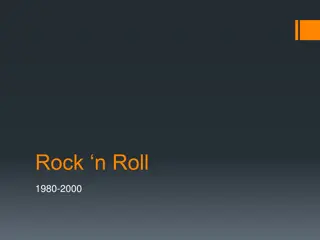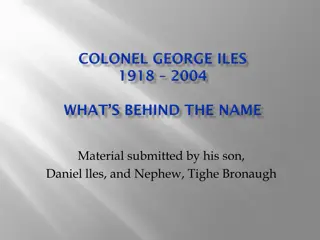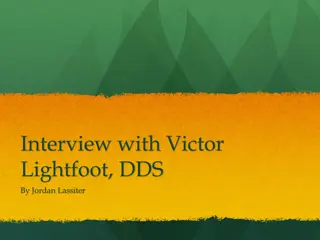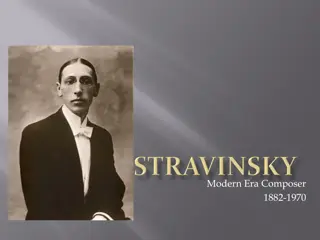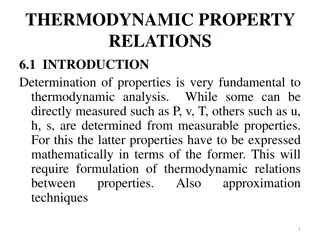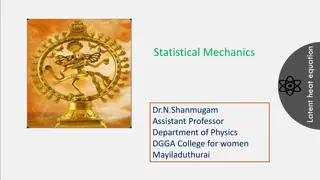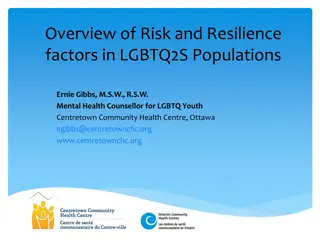Mifflin Gibbs: Trailblazer of Little Rock
Mifflin Gibbs, the first colored judge in the United States, lived an impactful life between 1823 and 1915. He made significant contributions to Arkansas and the U.S., overcoming challenges as an African American man. Gibbs's journey, achievements, and the evolving rights and responsibilities he faced reflect a story of resilience and progress in American history.
Download Presentation

Please find below an Image/Link to download the presentation.
The content on the website is provided AS IS for your information and personal use only. It may not be sold, licensed, or shared on other websites without obtaining consent from the author. Download presentation by click this link. If you encounter any issues during the download, it is possible that the publisher has removed the file from their server.
E N D
Presentation Transcript
Mifflin Gibbs Why should we remember Mifflin Gibbs? Who was Mifflin Gibbs? Where did he live and travel? Why? What rights and responsibilities did Mifflin Gibbs have, as an African American man living in the United States between 1823 and 1915? How did these change over his lifetime? What contributions did Mifflin Gibbs make to Little Rock, Arkansas, and the United States?
Portrait of Judge M. W. Gibbs
Describe Mifflin Gibbs. What does he look like? What is he wearing? Why do you think he had his photograph taken? How is this portrait different from portraits we take today (like your school pictures)? C. M. Bell Studio Collection, Library of Congress Prints and Photographs Division.
Based on this obituary, make a story map or timeline of Gibbs s life and travels. Locate the places he lived on a world map. According to the article, what were Judge Gibbs s accomplishments? What contributions did he make to Little Rock, Arkansas, and the United States? What questions do you have after reading this source? Mifflin W. Gibbs Called By Death Arkansas Gazette, Monday, July 12, 1915, p. 5.
M.W. Gibbs, The First Colored Judge in the United States
Where did Mr. Gibbs travel and live? Why? What businesses and jobs did he have? How did Mifflin Gibbs contribute to politics and economics in Arkansas and the United States? What does the author of this newspaper article think of Mr. Gibbs? What questions do you have after reading this article? M.W. Gibbs, the first Colored Judge in the United States Arkansas Gazette, May 29, 1885.
Birds eye view of the city of Little Rock, the capitol of Arkansas 1871
Describe the physical geography and the buildings in Little Rock. What did Little Rock look like when Mifflin Gibbs first moved into town? How has Little Rock changed since 1871? Cite evidence from the map to support your answer. Ruger, A. Bird s Eye View of the City of Little Rock, the Capitol of Arkansas. 1871. Library of Congress Geography and Map Division.
Public Buildings -- The Custom House and Post Office
What job did Mifflin (M.W.) Gibbs have when this primary source was created? What do you think his responsibilities were in this job? Do you think it was an important job? Why/why not? Describe the drawing of the building. What peoples, objects, and activities do you see? Then, use Google Maps street view and find Second Street between Center and Spring Street in downtown Little Rock. How does the building in the drawing compare to the current-day building? Woodward & Tiernan, illustrators, The Custom House and Post Office. In Brewster, E. T. The City of Little Rock.Little Rock, Ark.: Guide Publishing Company, 1890, pp. 53-54. Library of Congress.
Why did Lester and Gibbs write this letter? What is a poll tax? Why did Lester and Gibbs not pay the poll tax? What happened to people who didn t pay? What does it mean to be disfranchised, oath-denied and outlawed? What questions do you have after reading this letter? Peter Lester & Mifflin Gibbs, letter to The Liberator, 7/3/1857, p.4






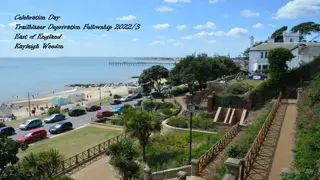
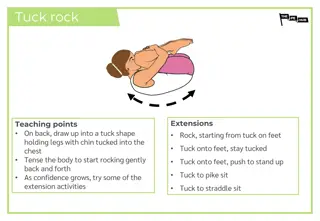



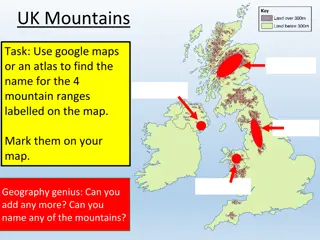
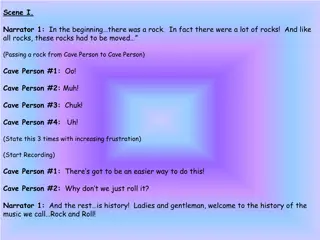
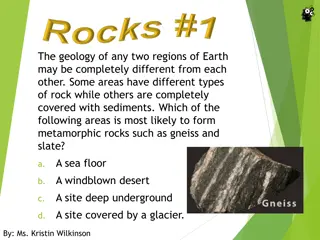

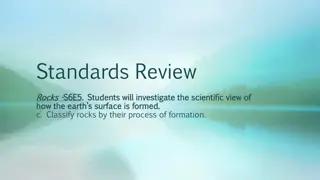


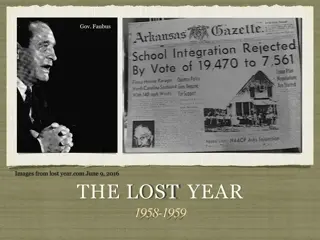
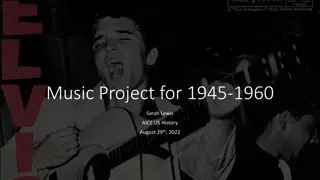

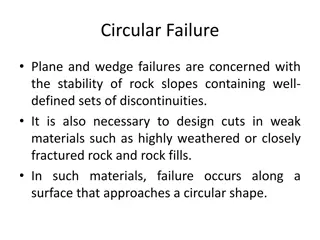

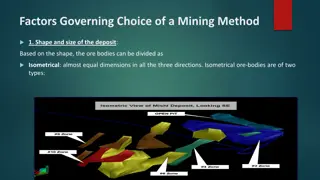


![Importance of Rock v. MWB [2018] UKSC 24 as Explained by Lord Sumption](/thumb/193348/importance-of-rock-v-mwb-2018-uksc-24-as-explained-by-lord-sumption.jpg)
